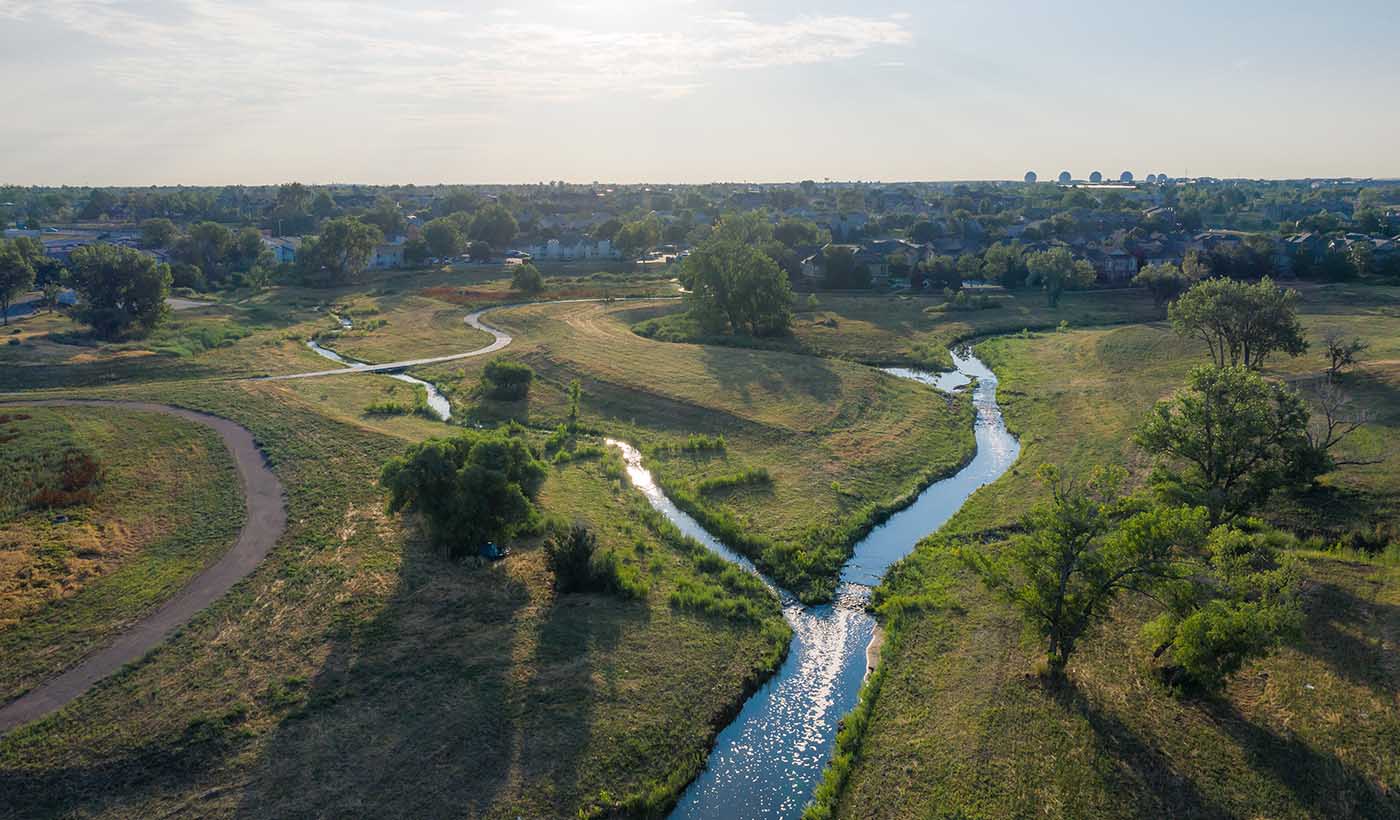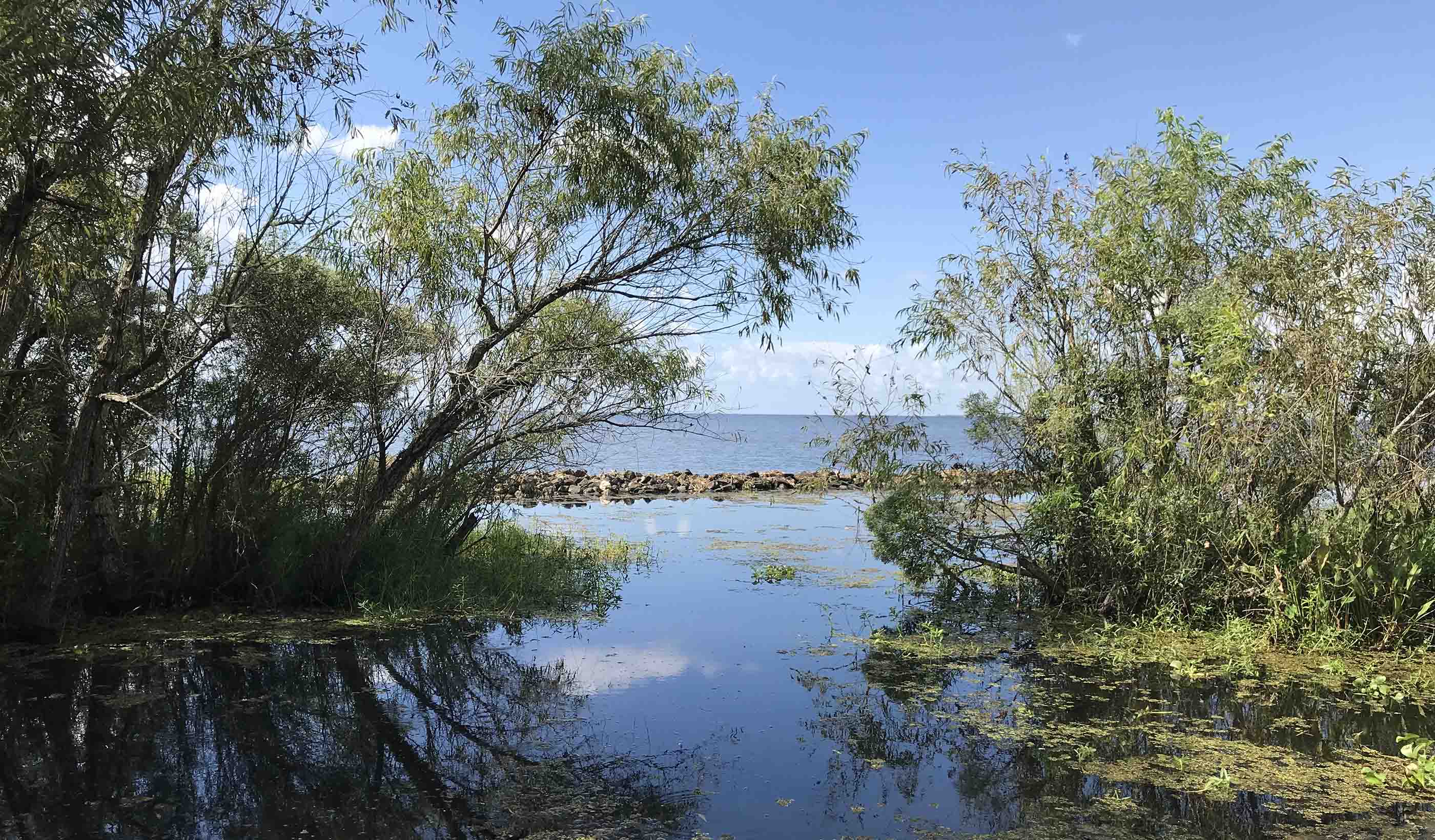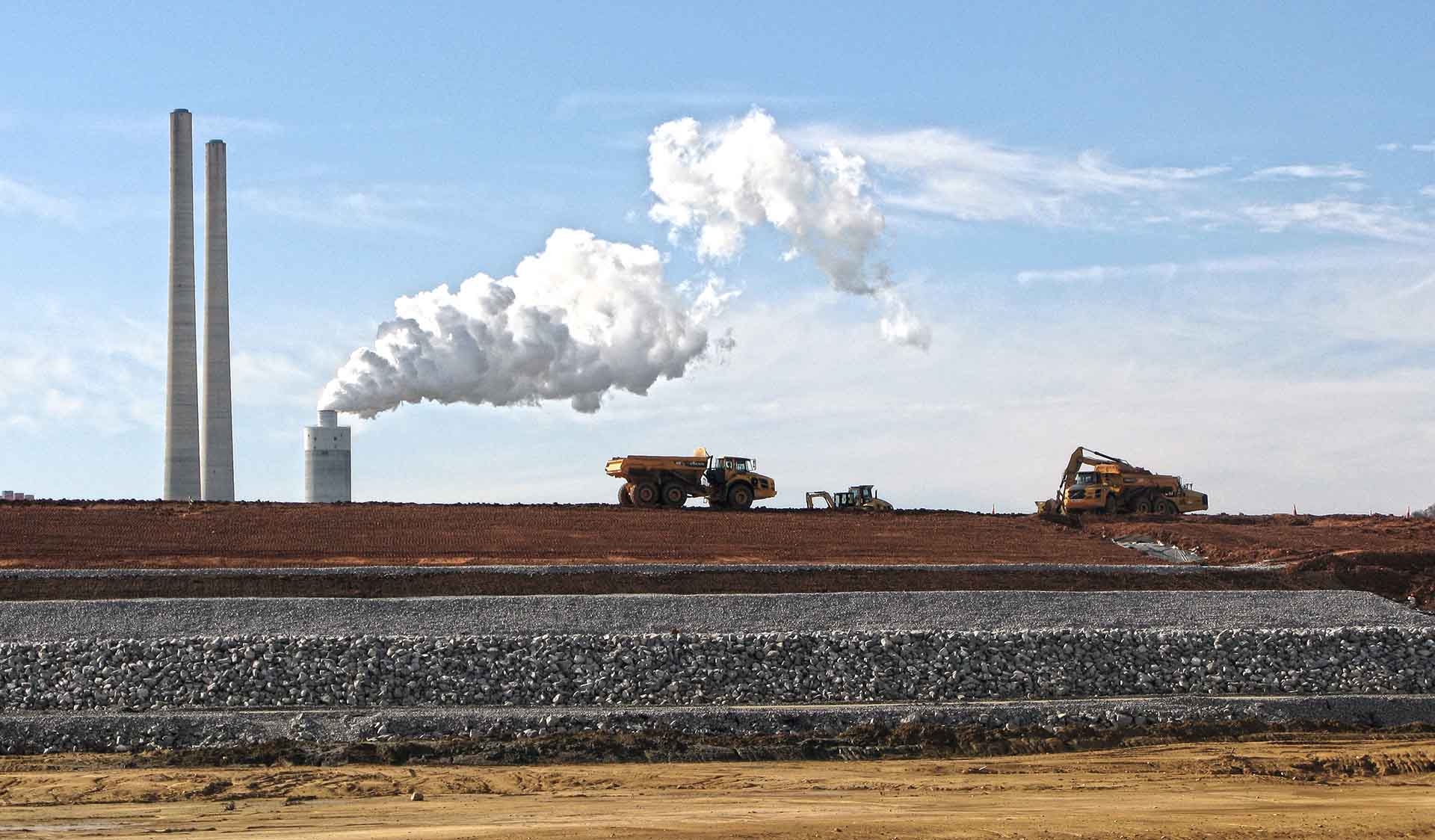At a Glance
-
700
Routes Investigated
-
17km
Estimated Length of Pipeline
- Location
- Wellington, New Zealand
- Offices
-
-
Client
-
-
Wellington Water
-
-
Partners
-
-
GNS Science
-
- Location
- Wellington, New Zealand
- Offices
- Client
-
- Wellington Water
- Partners
-
- GNS Science
Share
Cross Harbour Pipeline Investigations
New Zealand’s capital lies between two great tectonic plates and sits atop one of the most active geological faults: the Wellington Fault.
The city’s water supply relies on pipelines that cross the Fault in several locations. In a major earthquake these pipelines are expected to sustain significant damage, resulting in extensive parts of Wellington going without water for up to 100 days.
When it was discovered that the Harbour Bores project was unviable, we investigated ‘Plan B’: the Cross Harbour Pipeline (CHP). If progressed, this solution would significantly improve the disaster and operational resilience of Wellington’s water supply by providing an alternative pipeline route that doesn’t cross the Fault and is designed to remain in service after a one in 2,500-year earthquake.
Because the CHP would be located within a seismically active environment, there is still a risk of damage from other natural hazards once it's built. To quantify these effects an innovative design approach was required that involved significant geotechnical work and assessment of over 700 pipeline routes to select the most resilient route and design. We had the best people on the job and the majority NZ-based design team were joined by international experts from the UK, Los Angeles, and Calgary in Canada.
At a Glance
-
700
Routes Investigated
-
17km
Estimated Length of Pipeline
- Location
- Wellington, New Zealand
- Offices
-
-
Client
-
-
Wellington Water
-
-
Partners
-
-
GNS Science
-
- Location
- Wellington, New Zealand
- Offices
- Client
-
- Wellington Water
- Partners
-
- GNS Science
Share
April Peckham, Principal Planner
I support clients to obtain statutory approvals, while also helping keep our communities safe and protect our environment.
Ioannis Antonopoulos, Technical Director
Caring for our communities means learning all we can about the land and geology where people live and work.
Hayden Pipe, Senior Principal Civil Engineer
In my role, it's essential to work collaboratively. Working together successfully on the delivery of projects gives me great satisfaction.
Roy Ching, Engineering Geologist
I collaborate with teams across various sectors that provide infrastructure solutions to help keep communities functioning.
Jayden Gesche, Principal Engineering Geologist
Working in the geotechnical engineering field, I get to combine my love of the outdoors with that of practical problem-solving.
We’re better together
-
Become a client
Partner with us today to change how tomorrow looks. You’re exactly what’s needed to help us make it happen in your community.
-
Design your career
Work with passionate people who are experts in their field. Our teams love what they do and are driven by how their work makes an impact on the communities they serve.























